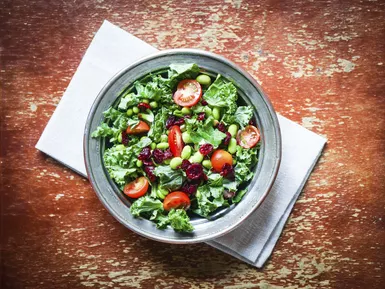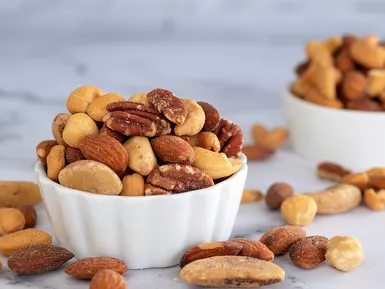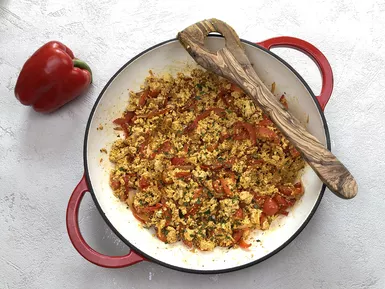1,200-Calorie Diet for Men: Safe Strategies for Effective Weight Loss

1,200-Calorie Diet for Men: Safe Strategies for Effective Weight Loss
For men aiming to shed excess fat, calorie reduction is often a go-to strategy—but not all low-calorie diets are created equal. A 1,200-calorie diet, while popular, sparks debate: Is it safe for men, whose metabolic needs typically exceed women’s? Let’s break down the science, risks, and actionable steps to make it work without harm.
The Science: When Does 1,200 Calories Make Sense?
First, understand your baseline: The average man’s basal metabolic rate (BMR)—calories burned at rest—ranges from 1,600–2,400 daily (NIH). A 1,200-calorie diet creates a significant deficit, but only short-term use (4–6 weeks) is generally safe for non-athletic men with a BMI over 25, under medical or nutritional supervision. For active men or those with lower BMI, this may drop below survival needs, triggering metabolic slowdown (via reduced thyroid hormones) and muscle loss (ACE, 2023).
Key takeaway: 1,200 calories isn’t a one-size-fits-all. Calculate your total daily energy expenditure (TDEE) using online calculators—if 1,200 is >25% below TDEE, it’s too aggressive.
Nutrition Non-Negotiables: Avoiding the 'Empty Deficit'
The danger of extreme calorie cutting? Nutrient deficiencies. Here’s how to optimize:
- Protein Priority (25–30% of calories): 75–90g/day (e.g., 100g chicken breast = 31g). Preserves muscle (critical for metabolism) and curbs hunger (Harvard Health). Aim for eggs, Greek yogurt, and fish.
- Healthy Fats (20–25%): 27–33g/day. Avocado, nuts, and olive oil support hormone health—skipping fats disrupts testosterone production (NIH).
- Complex Carbs (45–50%): 135–150g/day. Prioritize quinoa, oats, and sweet potatoes to fuel workouts and stabilize blood sugar—avoid refined carbs (white bread, pastries) that spike hunger.
Sample Day:
- Breakfast: 2 eggs + ½ avocado + 1 slice whole-grain toast (350 cal)
- Snack: 1 small apple + 10 almonds (120 cal)
- Lunch: Grilled chicken (120g) + 1 cup quinoa + 2 cups spinach (400 cal)
- Snack: ½ cup Greek yogurt + 5 blueberries (80 cal)
- Dinner: Baked salmon (100g) + 1 cup roasted broccoli (250 cal) Total: 1,200 cal
Exercise: Protect Muscle, Boost Fat Burn
Without exercise, a 1,200-calorie diet risks losing muscle (up to 30% of weight loss) instead of fat (NASM, 2022). Here’s your plan:
- Strength Training (2–3x/week): 30-minute sessions (squats, push-ups, dumbbell rows) to maintain lean mass. Even light resistance preserves metabolism.
- Low-Intensity Cardio (3x/week): 30-minute walks or cycling—avoids overtaxing energy levels while burning fat.
- Rest: 7–9 hours of sleep regulates ghrelin (hunger hormone) and leptin (satiety hormone)—skipping sleep increases cravings by 20% (Harvard).
Common Pitfalls to Avoid
- Long-Term Use: Beyond 6 weeks, metabolism adapts (burns 10–15% fewer calories/day), making weight regain likely.
- Ignoring Hunger Signals: Severe hunger (headaches, fatigue) means the diet is too restrictive—add 100–200 cal (e.g., an extra egg) to stabilize.
- Zero Flexibility: Allowing 1–2 “treats” (e.g., dark chocolate) weekly reduces binge risk—perfectionism derails sustainability.
Our Unique Insight: The 'Body Type Adjustment'
Not all men lose weight the same way:
- Apple Shapes (belly fat dominant): Prioritize protein (30% of calories) to counter insulin resistance—studies show higher protein lowers visceral fat (NIH).
- Rectangular Shapes (evenly distributed fat): Add 10g more healthy fats daily to support slow metabolisms—avocado or chia seeds work best.
Time to Act: Your 4-Week Challenge
Ready to try? Follow these steps:
- Calculate your TDEE—if 1,200 is <25% below it, proceed (else, aim for 1,500–1,700 cal).
- Plan meals with the nutrient ratios above—use apps like MyFitnessPal to track.
- Add 2 strength sessions weekly—start with bodyweight exercises if new.
- Check in weekly: If energy crashes or hair falls out, increase calories by 100.
Remember: Weight loss is a marathon, not a sprint. A 1,200-calorie diet can jumpstart progress, but pair it with sustainable habits for lasting results. Consult a registered dietitian before starting—your health is worth the extra step!

5 Transformative Weight-Loss Resolutions for Success

Workout Routines & Beyond: Science-Based Weight Loss

Vitamin E and Weight Loss: Unveiling the Truth

Effective Strategies to Lose Midriff Fat for Women

8 Non-Scale Victories in Your Weight-Loss Journey

Unveiling the Ornish Diet: A Path to Sustainable Weight Loss

The Power of Social Support in Weight Loss

Personalized Weight Loss: 4 Strategies for Success

Long - Term Weight Loss: Maintaining Healthy Habits

